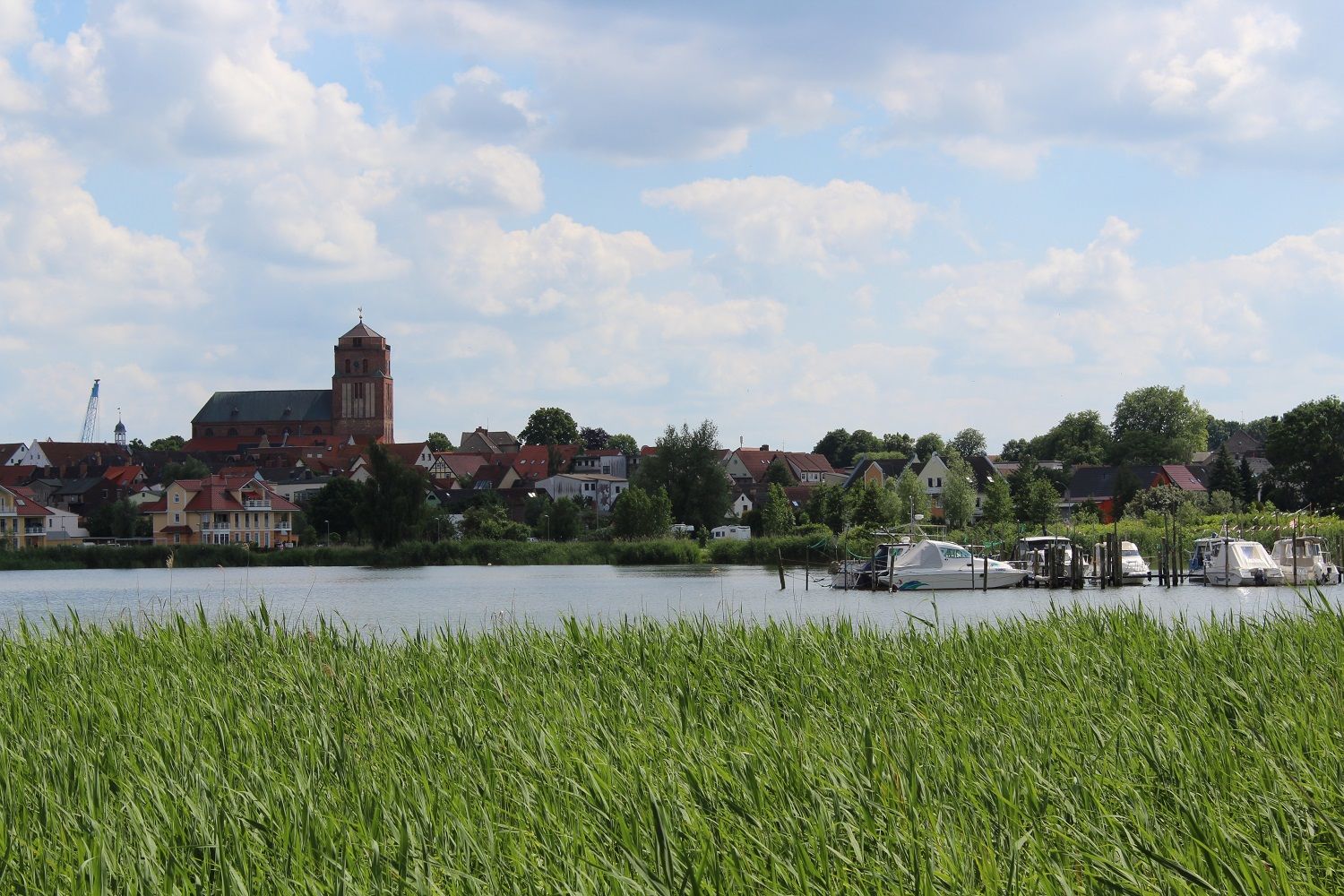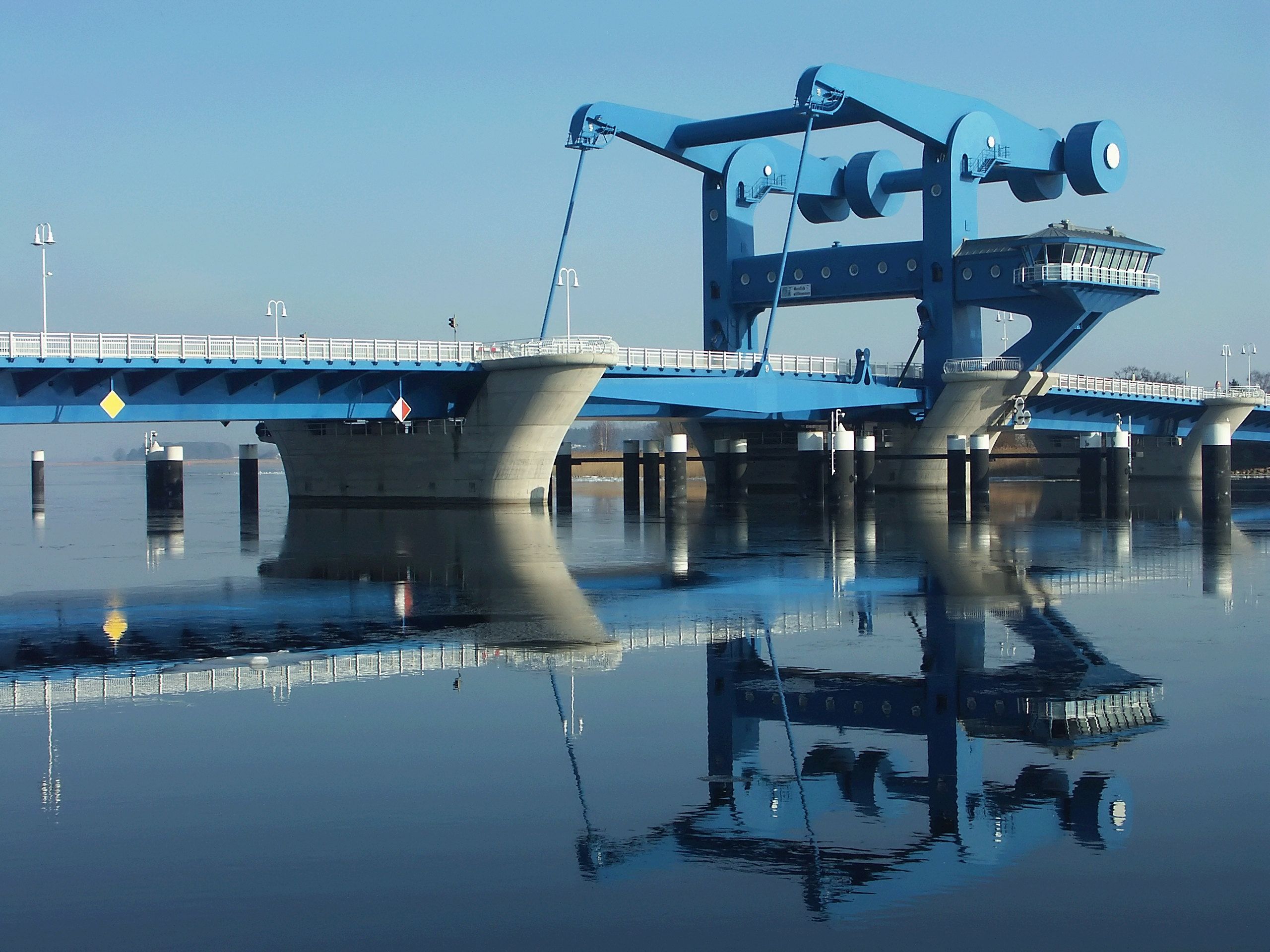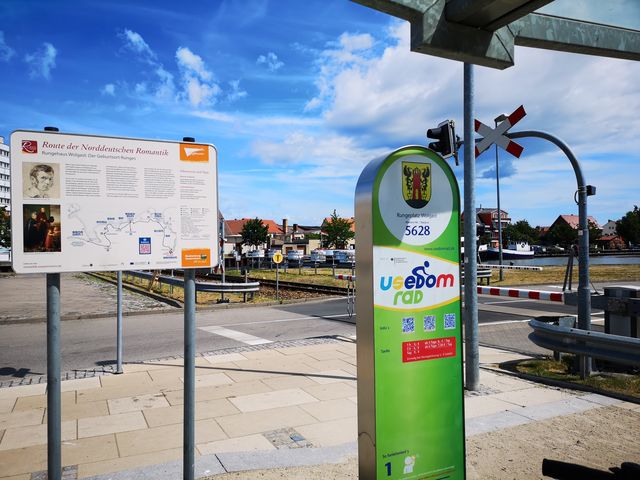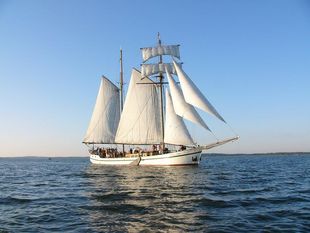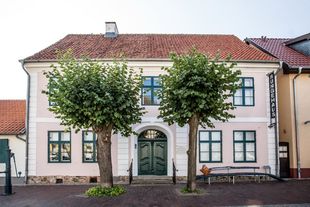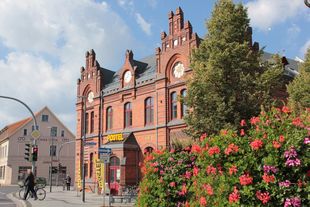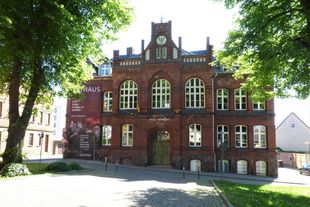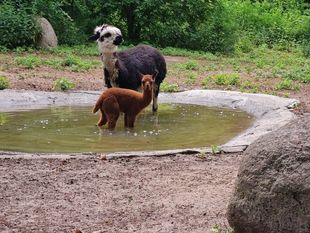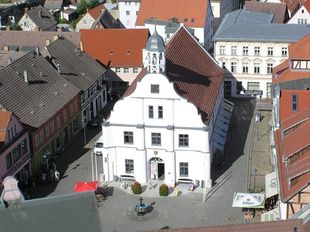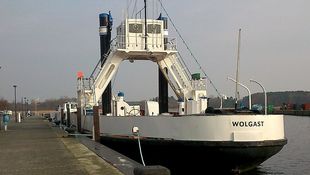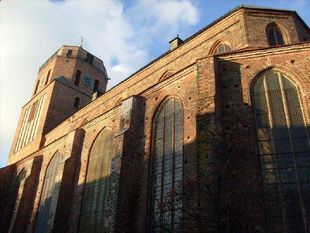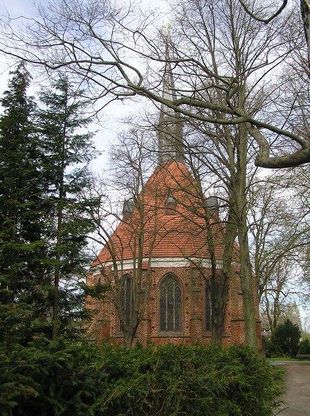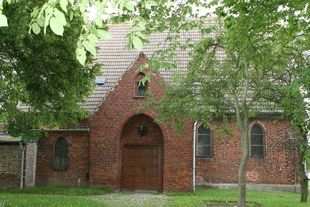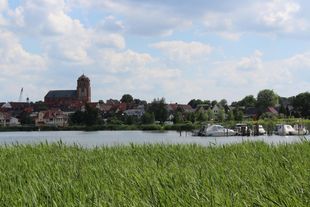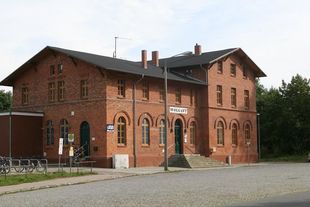Wolgast
Welcome to the ducal and romantic town on the Peene River. Known as the "gateway to the island of Usedom", Wolgast itself offers all sorts of sights worth seeing for a longer stay or stopover.
Brick Gothic and museums
Wolgast is part of the European Route of Brick Gothic (EuRoB), which unites a common cultural heritage of Poland, Denmark and Germany. Wolgast's EuRoB buildings include the Gertruden Chapel and St. Peter's Church, from whose steeple (184 steps) visitors can enjoy a dreamlike view from 40 meters above Wolgast all the way to the island of Usedom. The three-nave basilica from the 14th century was once the court church of the Dukes of Pomerania-Wolgast. With the city history museum "Kaffeemühle", the museum Rungehaus and the ferry "Stralsund", Wolgast also has a museum landscape worth mentioning.
Special accommodations and maritime flair
When it comes to accommodation, Wolgast comes up with family-friendly accommodations and unusual overnight offers for group and class trips, for example at Postel or 100Haus Wolgast. Due to its location on the Peene River, Wolgast is also a traditional harbor location. The city harbor spreads an impressive maritime flair. Passenger ships like the traditional sailing ship "Weisse Düne" start for excursions to the Achterwasser and the Greifswalder Bodden.
Biking/hiking trails and romance
Whether the Hanseatic Way, the Baltic Coast Cycle Route or the Route of North German Romanticism - many long-distance routes and thematic tours lead through or to Wolgast. Three stations of the Route of North German Romanticism are dedicated to the history of Wolgast and the most famous son of the town - the artist Philipp Otto Runge. Along with Caspar David Friedrich, he is considered one of the most important painters and graphic artists of German Romanticism. The tour ends or starts at the painter's birthplace, which today appears as a modern museum.
Tips for a stay in Wolgast
Excursion destinations, special accommodations and museums

City Harbour Wolgast
The city harbour of Wolgast spreads an impressive maritime flair and is part of the "Route of the North German Romanticism." . Passenger ships set off on excursions into the backwater and to the Bay of Greifswald. The sailing ship "Weisse Düne" invites guests for a trip. A sensational view to the Petrikirche and the city centre is offered to the viewer. The imposing bascule bridge to the island of Usedom and the Peene shipyard characterise the town on the Peene river.

Weisse Düne Sailing Tours
Weisse Düne Sailing Tours: We invite you to a feast for the senses. Weisse Düne, this means pure romantic under sails in the waters of Usedom. The Weisse Düne is a sailing ship built in 1909. We connect comfort with history. Adventure a wonderful sailing tour in an unique ambience. Out day and night cruises take place in protected waters of the Island of Usedom. Real sailors and also inexperienced people get their money’s worth.

Museum Rungehaus
The museum Rungehaus is the birth house of the painter and romantic artist Philipp Otto Runge (1777-1810). Alongside Caspar David Friedrich, he is regarded as one of the most important painters and graphic artists of the German Romantic period.

Postel Wolgast
In May 2014 the former post building in Wolgast – built in 1884 – was converted into a unique accommodation. With room for up to 68 visitors, the “Postel” is a popular destination for cyclists, small and big families, groups, sailors, surfer, nature enthusiasts, clubs and bands.

Youth Hostel 100Haus
Just before Usedom lies our lovely town of Wolgast and the 100Haus. In imperial times a girls' school, today a creative upcycling hostel and destination for groups and classes of all ages. We offer everything young people want: Lots of free space, strong WLAN, delicious food, creative dormitories and great experiences.

Zoo Wolgast
The Wolgast Zoo has a natural character. Guests experience a cross-section of the earth's animal world here in enclosures that are designed to be close to nature and some of which are accessible. There are various play areas and petting enclosures for children. The zoo is mostly barrier-free and has a restaurant.

Historic Town Hall Wolgast
The historic town hall forms the core of Wolgast old town on a medieval groundplan. In the town hall the tourist information Wolgast is located downstairs.

Steamboat Museum "Einendeisenbahn-Dampffähre"
The steamboat „Stralsund“ – which was built in 1890 – with its three passenger wagons, offers space for about 300 guests and was initially built for the route from Stralsund to Altefähr. Today the museum ship rests on its last operation site – the haven in Wolgast – and can be visited.

St. Petri Church
St. Petri's Church is the former court church of the dukes of Pomerania-Wolgast.

Chapel St. Gertrud
The chapel St. Gertrud is a gem of the brick gothic.

Chapel St. Jürgen
The St. Jürgen Chapel in Wolgast is a medieval church building that was first mentioned in a document in 1420.

The Dreilindengrund in Wolgast
Located on the Peenestrom in the district Tannenkamp in Wolgast you drive on the route of North German Romanticism along the Dreilindengrund. This translates to: The Ground of three limetrees. The name was given to it from the landing stage at the transfer of the fallen Swedish king Gustav II Adolf in 1633 during the Thirty Years' War. In memory of him three lime trees were planted. The small forest nearby was named Gustav-Adolf-Schlucht.

